You’ve been working hard and doing a lot of test shooting and are ready to start doing serious photography for a positive return. In order to be able to take control of your growth, you must be able to manage light. Professional photographers know that existing light is hard because there’s no output control and it’s pretty hard to direct it where you want to go. That’s why serious pros use lighting.
It’s About Flash
Stop! No running away. All the stuff you’ve heard or read on the net about flash being harder than so called “natural light” is what we in the business call “hokum”. Good flash is both easy to use and much more controllable than natural or ambient light. Light has three key elements to the professional eye. They are direction, quality and colour.
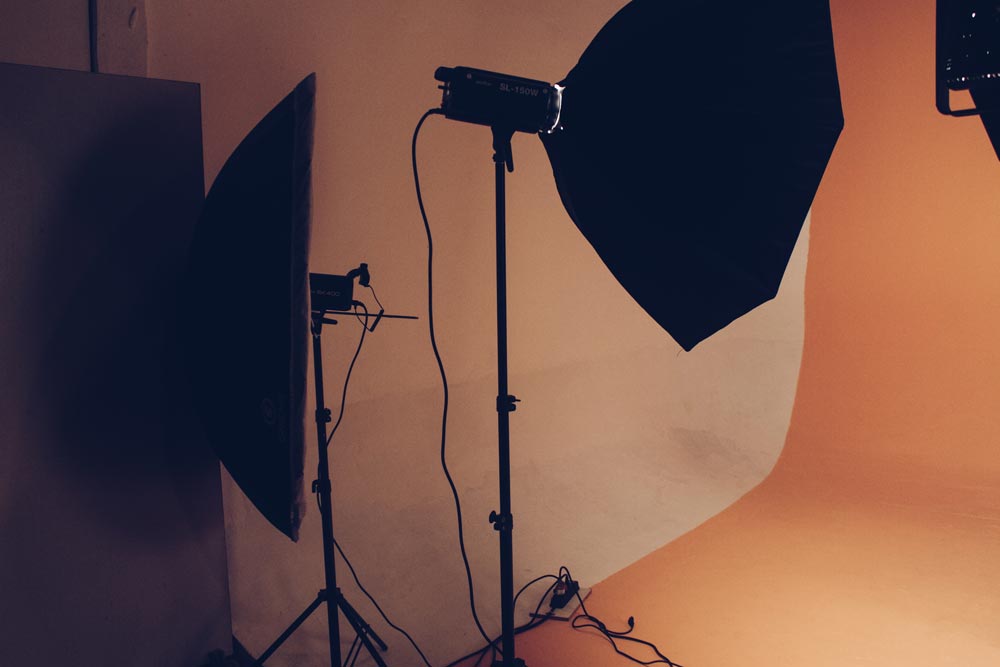
Light coming from the wrong direction makes a mess. You can control the direction when using flash. Light that is too harsh, or too soft for your requirements blows the shoot. You can control the quality with flash. Light that is the wrong colour, renders the wrong colours, meaning hours in post-production, or images that look, wrong. With flash, you are the boss of colour.
What Kind of Flash?
Here’s the secret of lighting professionals. There is no such thing as having too much power on hand, because you can always turn it down. This isn’t Spinal Tap, you cannot turn your lights up more than 100%. Professionals don’t want to be waiting for lights to recharge and you don’t want to have the lights in the frame because they don’t have enough power to provide the depth of field that you have to deliver. Being able to shoot without being tied to an AC outlet is a very useful capability so you’re going to want a lot of power driven from a dedicated battery. In the professional world, this typically means the type of flash most commonly called a strobe. It’s not really stroboscopic, this nomenclature refers to lots of power, while remaining portable by a single person.
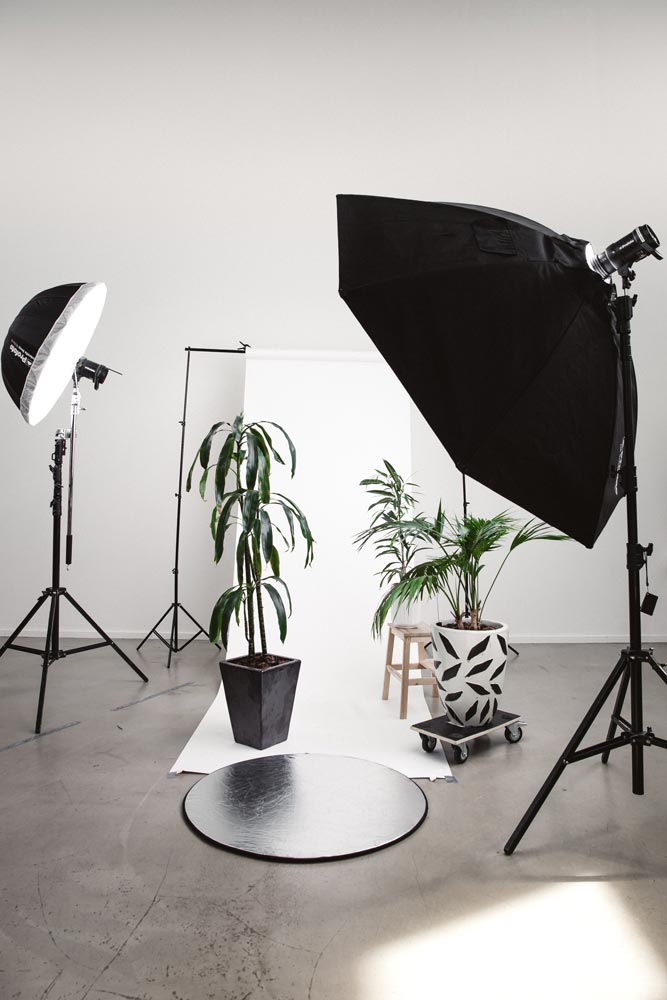
You’re going to want three identical strobes. They should be at minimum 500ws in maximum output power. They should use rechargeable batteries and include a fast charger. In the Profoto family, I am recommending the Profoto B1X light. It has been proven successful by photographers around the world and is the follow on to the even wider accepted B1. B1s are my general go to strobes. In the Godox family, I am recommending the AD600Pro lights. They are only nominally more expensive than the plain AD600 series and deliver so much more for the small price bump. I have put these through the wringer on gigs where I was required to use Godox gear and found them to be superb.
Managing the Exposure
Again, contrary to what you may read, this isn’t 1970. Through The Lens flash metering has been proven to be effective for a long time, just like through the lens ambient light metering. You don’t need to carry a flash meter around anymore. If you don’t like the exposure, you can use exposure compensation to adjust, just like with ambient light and with the same level of fine control. You can shoot any modern strobe in Manual mode if you like the idea of making work for yourself and you are certain that nothing is going to change from shot to shot. Trust me, you want TTL controllable strobes. And that means you are going to have a controller right on the camera. No more running around, tripping over cables, and going up and down stepladders. Welcome to the present. The past is past, and your time is worth something. So, you are going to need a TTL controller that works with your camera’s TTL flash metering system. Both the Profoto and Godox controllers work a charm. The Profotos get more frequent firmware updates and their firmware can be managed from a Mac as well as from Windows.
Light Shapers
Here’s the deal. Direct light is harsh and may not suit your outcomes. You want light shapers. You need light shapers. It’s a bit more work to learn to use softboxes over umbrellas, but since you are spending money, why not spend money on tools that will maximize your control of your lighting. Sure there are all manner of light shapers and tools out there. I’m going to make it simple for you by helping you not buy stuff that’s going to turn to clutter. The sheer variety of light shapers can be horribly confusing. I will try to keep things simple. Your first light shaper is called an Octa. It may have eight or more panels, the idea being to generate a nice soft light with a circular throw. A 48” is about as big as most people will ever need and remember, bigger is softer light. The second light shaper is called a strip light. It is a rectangle with the long side 4 to 6 times longer than the short side. Strip lights are needed for edge lighting, to pull out textures and to do some really interesting rim lighting work. The third shaper replaces the basic reflector that comes on your strobes, or mounts to the front. It looks like the top of a funnel. It focuses the light into a particular place and dramatically controls the spread. Some include grids that clip into the small end for even more control. They are called Snoots and are ideal for controlling hairlights, or product spotlighting. These are your starter light shapers. Softboxes are much more controllable than umbrellas. They take a bit more work, but with that work comes nicer light. Softboxes mount to lights with speedrings. Sometimes the speedrings are included, sometimes they are bought separately.
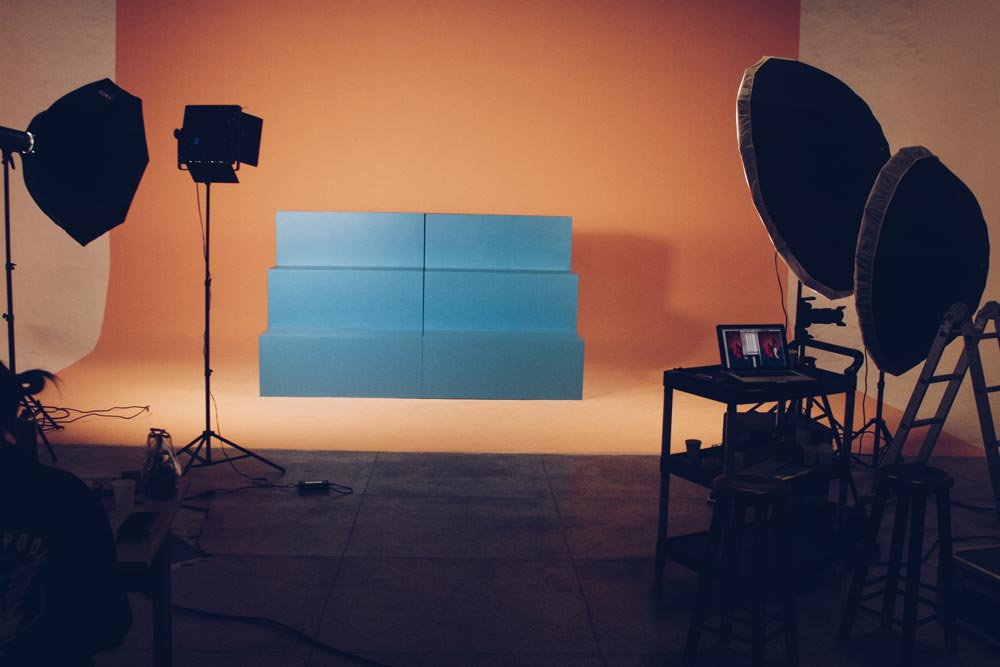
My own light shapers are all Profoto products with a single exception. They are built to last, are fast to set up and easy to tear down and pack up. I find the rods to be tough but not so tough that you might put an eye out trying to get them into the speedrings. The Profoto light shapers are really heavy duty and they even have a version for use with hot lights, although I do not recommend them for regular strobe work. The Godox softboxes are also well made, not as tough or long lifed as the Profotos, but with high quality stitching that you don’t find in softboxes from big box and web stores costing twice as much. Godox speedrings are reliable and very low cost if you need spares.
Required Accessories
Lights go on stands. Stands need to be sufficiently well built to hold your lights. Good stands last your entire life unless you wreck them. Cheap stands fold up like a soda can and let gravity wreak havoc on your lights and maybe even your subjects. Can you spell “lawsuit”? Every stand should have a boom, and at least a pin for your lights at the end of the boom. Every stand MUST have a sandbag to hold it in place and stop it from tipping over. The sure sign of amateur night is lights on straight stands and no sandbags. Fortunately, the perfect answer was designed nearly a century ago and still exists today. The answer is called a C Stand Complete. These are not lightweight things. They are heavy. However, they are reliable and can be sandbagged easily. They also come with a boom arm so you can get your light up and over, a requirement that I promise you will run into much sooner than later. My studio stands are either Avenger or Kupo Grip. They are nearly indestructible. I’ve done a lot of demos using the Cameron C-10 stands. They come in about half the price of the Avengers. The Avengers offer more height choices, but your first stands are going to have a 30” to 40” post. This is new unit with better usability than the original Camerons which were still very good.
The Spend
There are two methods to follow here, you choose. In the first method, you buy what you hope to be your last lights first. This is going to be a bigger investment, but you will be buying the same kind of gear as the serious professionals. With reasonable care, it will last you decades. The second method does not involve cheaping out on questionable house brand junk, it simply means that you invest today in high quality kit that may not be built as tough or stand up as long as serious pro gear. You won’t go into heavy debt, and your work will pay off your investment more quickly.
I’m going to break the list down into two buying categories proposing only gear that I have personally used on production shoots where I got paid. I think the Godox gear is brilliant for the money. In case you are curious, I did things completely wrong. While my studio is now 95% Profoto with a single Broncolor exception, I made the mistake of buying low and having to replace things more than once. Don’t make the mistakes that I made years ago. All prices are approximate, consult your professional lighting sales representative for final pricing.
Conclusions
Going pro with lighting takes some investment in dollars and more importantly in your time and practice. Lighting used well is the biggest differentiator from the amateur to the professional.
If you have questions about this subject, please leave a comment below.
Until next time, peace
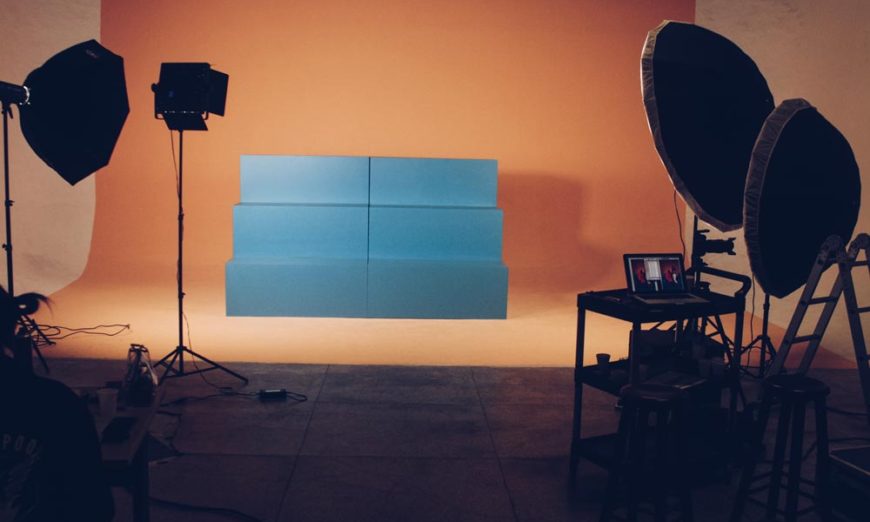
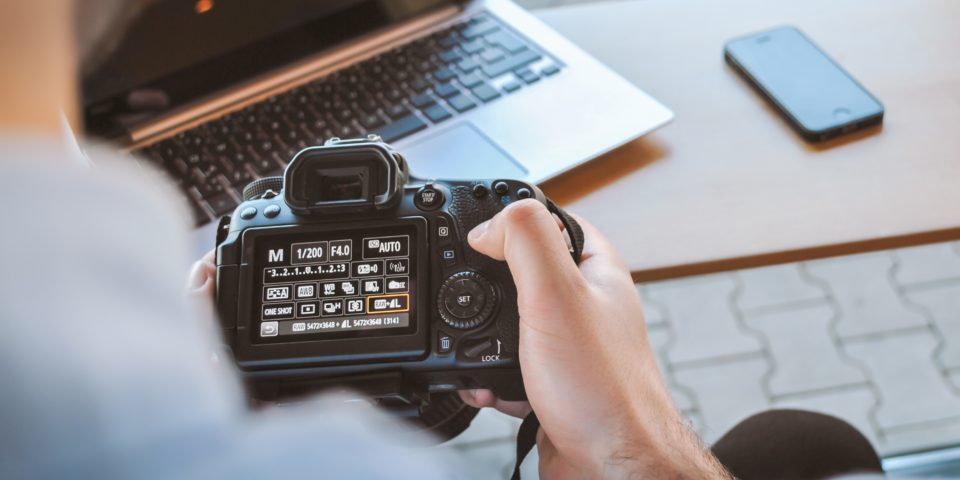
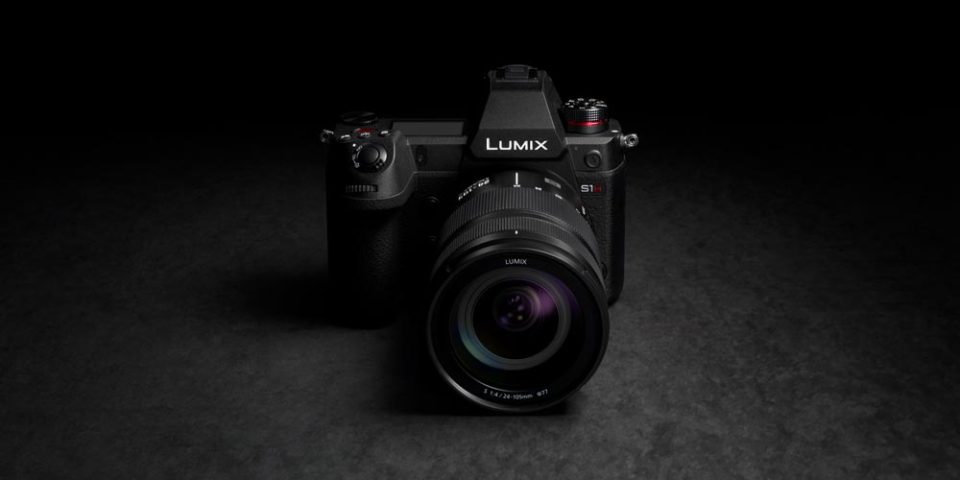
COMMENT (1)
Pingback: Tips for Taking the Perfect Product Photos at Home | Photography and video news, reviews and tips | Henry's Camera